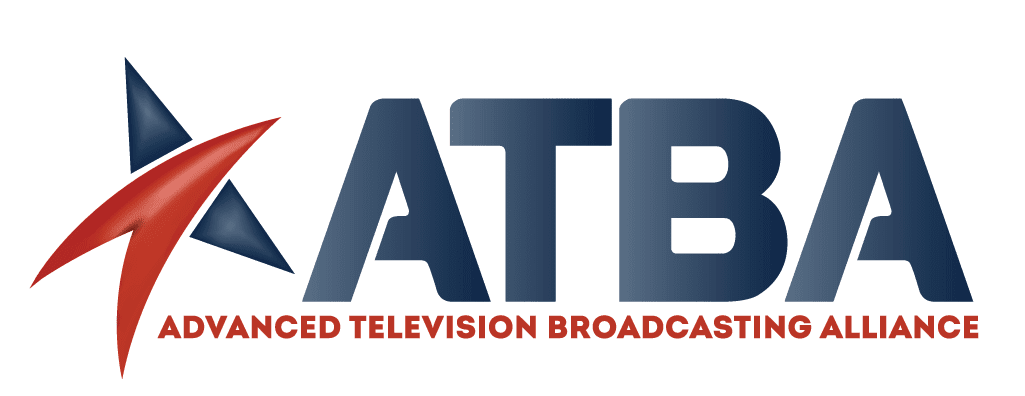During a Q&A with reporters this week, FCC Chairman Ajit Pai played coy when asked about his plans for the TV ownership rules. “This is another one of those areas we are studying,” he said. “You can see what I said in the past, but I’m not prepared today to make comments about where we might go in the future.”
Well, last week in this space, I told you what Pai has said about the ownership rules in the past and from that record you would (as I did) logically deduce that he will significantly relax them now that he has the power.
In general, that would be a good thing.
Network affiliate groups need bulk to keep from being bullied by the networks, and all broadcasters need scale to negotiate for retrans fees and keep up with the other TV media — everything from cable to Netflix and Facebook Live — that keep encroaching on their audiences and siphoning off revenue.
But the questions are, how far can Pai go in relaxing the rules and how far should he go.
First, let’s quickly recap the caps.
As things now stand, the local rules say that a broadcaster may own two stations in a market only if two conditions are met:
- There are at least eight other independently owned stations or “voices” in the market.
- Only one of the stations is among the market’s top-four rated — that is, in most cases, only one is a Big Four network affiliate.
The first condition means no duopolies of any kind in medium and small markets, while the second means no Big Four duopolies in the big markets.
The communications bar has shot plenty of holes in the rule with joint sales agreements (85 by the FCC’s count) and sales service agreements. These agreements allow one station to operate two stations, even two network affiliates, in markets where the rules say they may own only one.











